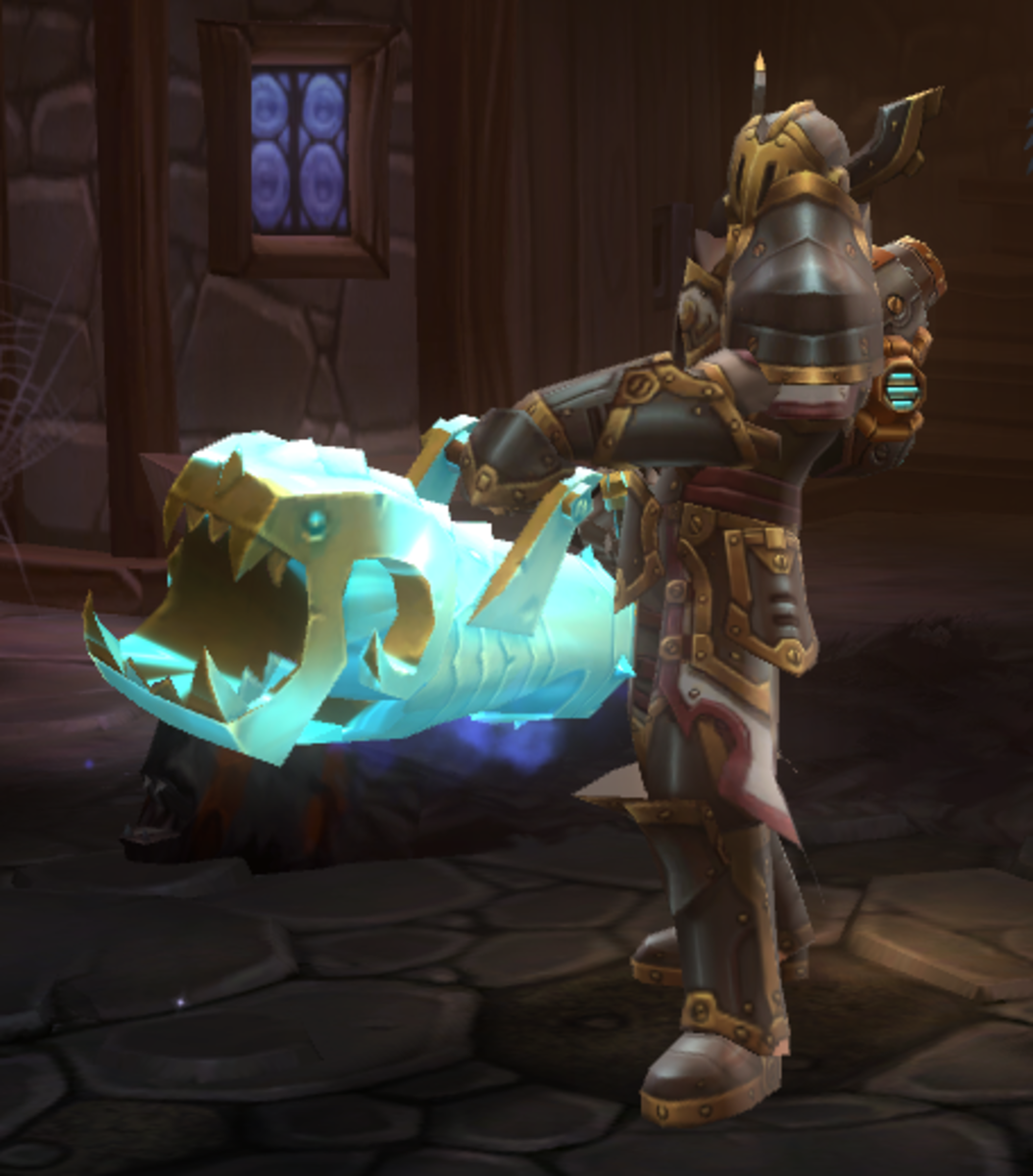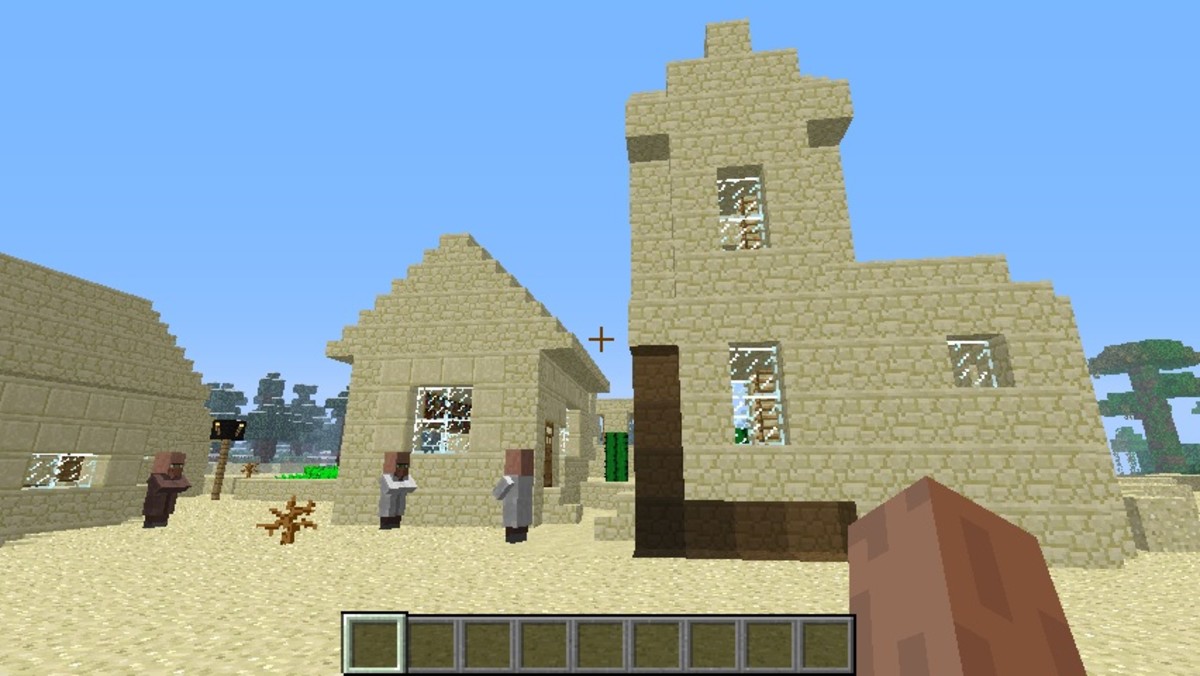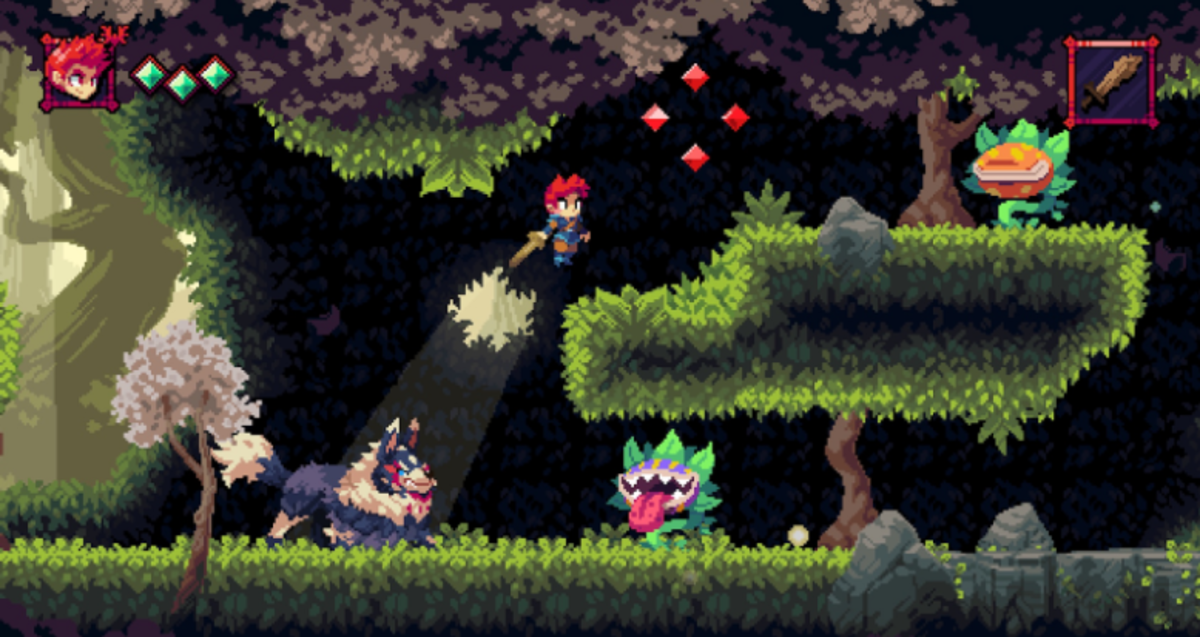Video Game Review: The Walking Dead, Season Two, Episode 5 - No Going Back
Originally published on 3/09/2014
Last edited on 18/11/2014
A quick review of Telltale Games' critically acclaimed Walking Dead series, focusing particularly on their latest release of Season 2's ultimate episode - No Going Back, released this week.
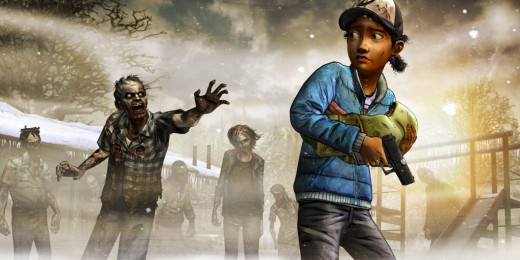
2012's The Walking Dead by Telltale Games was an experience that had an incredible emotional impact on many people. If you don't care about spoilers it only takes a simple web search to find written testimonies or videos featuring gamers bawling their eyes out over the Season 1 conclusion.
Rather than being a traditional horror-style narrative with zombies, The Walking Dead video game, much like the graphic novel and television series, resembles more a human survival drama with its main focus being on a group of random survivors and their relationships and interactions with one another against the backdrop of a zombie apocalypse.
Due to the pressures involved in trying to survive the end of civilized society while simultaneously avoide hordes of tenacious flesh-devouring zombies that once used to be their fellow citizens, infighting among survivors is common, group cohesion always seems to be on a steady path of deterioration, and main characters can be killed off unexpectedly by zombies or fellow survivors, with seemingly no lead up to this event or any way to prevent it.
The game play is as simple as it gets, with players being able to control the protagonist with a click of the mouse button, searching the rather static world for items and speaking with NPCs that make up the group members.
There are moments however when even clicking on things can become somewhat disturbing, as gory and graphic events occur in both seasons that may require the player to hack off a leg with an ax, stitch an arm back together or witness a fellow survivor cave in another person's skull by pummeling them with a crowbar (in other words it earns its adult classification).
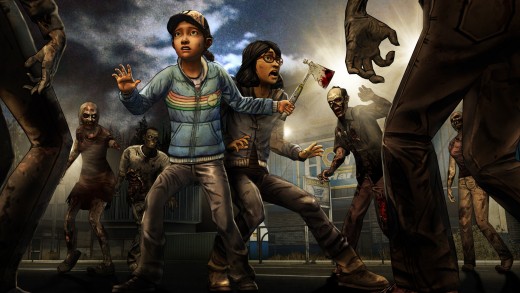
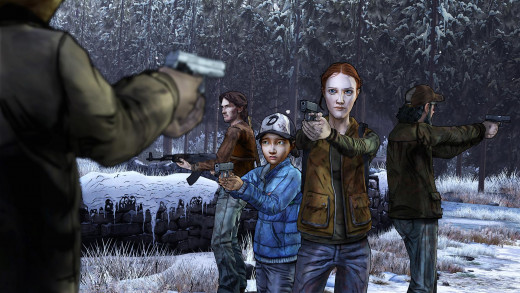
A General Facade of Choice
In contrast to these point-and-click sections, where time seems to stand still and nothing happens in the game world until you've found a specific item or clicked on all the objects and people relevant to the story, it's the set pieces, conversations with other NPCs and group dynamics that really drive the game play and plot. During interactions with other characters you're given several discussion options that may affect the way that fellow survivors respond and sometimes change how they act at later points in the game.
However often players decisions to carry out specific actions or select a certain conversation option rarely have an effect on the overarching plot and on occasion make no real sense e.g. earlier in the season you're given the option of robbing a lone wanderer, though regardless of whether you do so or not he will later reappear with reinforcements and at gunpoint accuse you of thievery.
While things generally play out the same way regardless of what you say and do (or whether you choose to say anything at all, as remaining totally silent during conversations is also an option), there are moments when the player is required to make a decision that actually carries some weight. These can include events where consequences may involve the death of another survivor, though even rescue is often temporary and on some occasions characters will die regardless of the players actions, which has earned some scorn and criticism from gamers and reviewers.
The fact that the player isn't always in control of every situation and often powerless to save their companions does however effectively add to the horror, poignancy and dread of such an apocalyptic scenario.
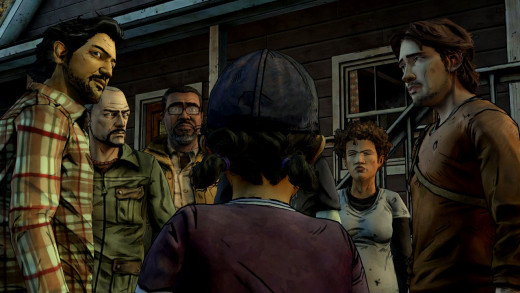
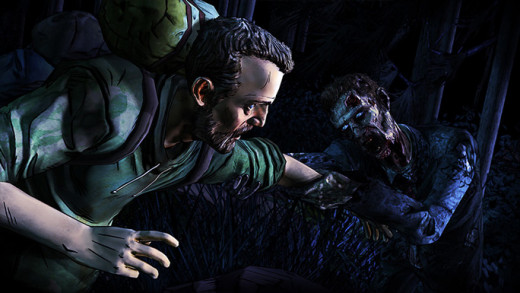
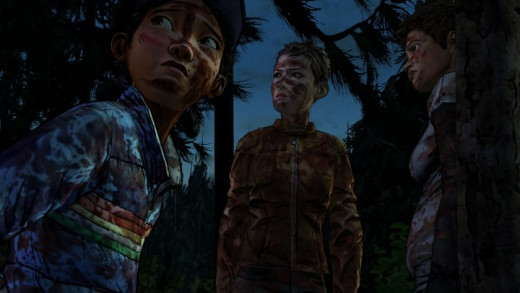
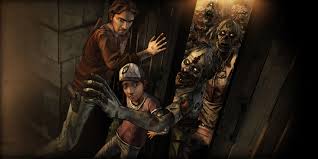
First & Second Seasons
For the most part Season 2 has stayed true to the basic formula that Telltale games lay out in its previous installments.
The latest episodes continue the story of Clementine, the deuteragonist from Season 1 whose relationship with the playable character, Lee Everett, drove much of the drama to a suspenseful finale and powerful emotional payoff.
Taking the reins of the playable character in Season 2, Clementine plays somewhat different than Lee, a 37-year old history professor and convicted murderer. For one thing Clementine is rarely armed and not as physically able, so action sequences tend to focus more on evasion, stealth and escape rather than standing her ground and combating the threat.
The story throughout the season can come across a little contrived at times to justify making Clementine the playable character, with overly convenient situations arising continuously that apparently only a child can resolve.
It's odd that a group of adults would so often call on the assistance of an 11-year old girl to solve their problems, or that they can be so blasé about putting her in the face of danger while they hang back and watch from safety. It does help Clementine grow and develop as a character in dealing with each situation, but the player will often get the feeling that other characters are generally useless and can't get anything done without Clementine's support.
Controlling a 10-11 year old girl through a zombie-ridden apocalyptic wasteland further helps to intensify an increasingly grim, hopeless and desperate atmosphere. This is somewhat of a contrast to Season 1, which while often dark and tragic was also constantly hopeful and optimistic, with a re-occurring theme of the group escaping to safety by reaching a boat in Savannah.
Season 2 lacked such focus, as the group has no grand objective other than to stay alive for as long as possible through a series of random complications while caring for a pregnant group member. It never really felt though that the writers had a clear idea for the direction of Season 2 and while playing through the adventure there was a constant sense that events were never really leading anywhere.
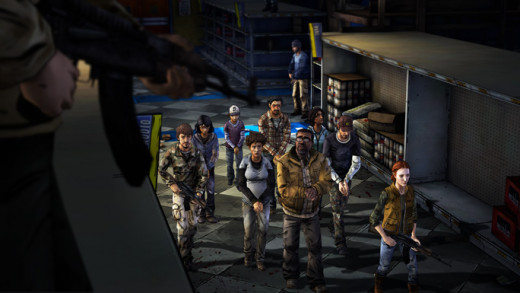
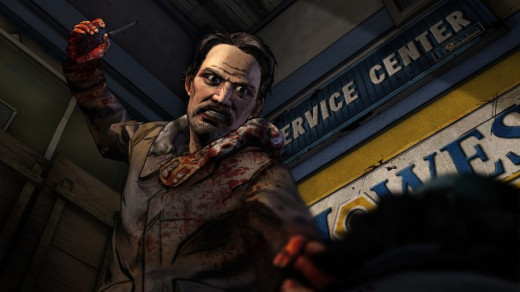
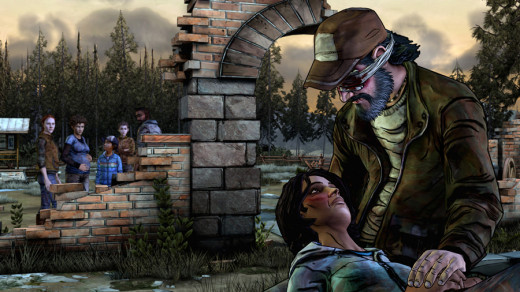
This lack of focus in recent episodes is partly due to its pacing. Season 1 remained strong because the narrative began with a single character (Lee) and gradually introduced others as the story went on. The game allowed players to connect with survivors by providing opportunities to explore their back stories and personalities. The survivors encountered in Season 1 were generally fairly well developed, had a strong presence or added to group dynamics and diversity, with occasional exceptions to this rule.
Season 2's much larger cast of characters and the game's tendency to introduce them quickly and in groups along with less player freedom and control (as this season is largely on rails) results in a experience where there are less opportunities to interact with individual characters and fewer occasions for fellow survivors to come into their own and step into the limelight.
This also reduces the impact of character deaths. While in the first season the death of a character was infrequent, often dramatic and fairly drawn out, by halfway through Season 2 the game began treating character deaths like it was simply going through the motions with little weight, emotion, consequence or even reaction from fellow survivors.
This may have worked decently if the developers were attempting to portray the survivors as becoming increasingly hardened and detached from the death that surrounded them and demise of their companions, but this never came across.
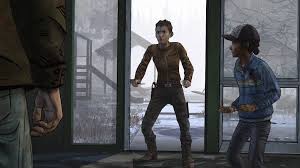
Season 2, Episode 5: No Going Back (warning, possible spoilers ahead)
In the previous episode, 'Amid the Ruins', Clementine and her fellow survivors had just escaped a hostile human settlement amid a zombie horde and regrouped at a civil war memorial to discuss their next steps, deciding that their main objective should be to find a safe place for the pregnant member of their group to finally give birth.That chapter's sequence of events saw more main characters die than in any other episode, with the group's actions ultimately leading them into direct conflict with another group of hostile survivors, resulting in a firefight breaking out.
Season 2, Episode 5 'No Going Back', released this week (August 26), picks up where the last installment left off, in the midst of the gun battle. Coming out of the fight battered, wounded and agitated Clementine's group follow Arvo, a member of the hostile group, to a house across a frozen tundra that allegedly has food and supplies.
Despite tensions among group members being the highest they've ever been, the pace of the final episode is quite slow compared to previous installments and the stubbornness and uncompromising personalities from key characters makes conversations seem a little formulaic and repetitive as discussions and arguments tend to retread familiar topics.
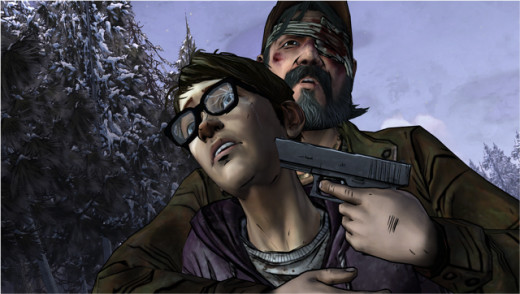
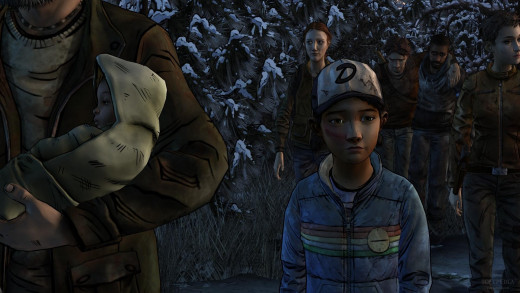
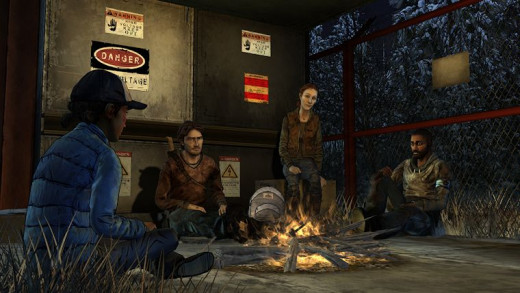
Safety Not Always in Numbers
Kenny, the tritagonist from the first season who was introduced as an easily agitated and somewhat contentious but generally well-intentioned family man, reprises his roll as the group's hot-tempered, de facto leader. His escalating hostility towards the other survivors however has led to fragmentation and dissension within the group who are often shocked by his increasing aggression and sudden outbreaks of bloody violence. Now with a baby in their ranks, Kenny's character continues to belly-flop from an overly-protective and caring father figure to an abusive and frighteningly aggressive maniac.
With the group clearly on their last legs, other survivors such as Mike and Bonnie are visibly fed up with the group's current leadership. The likable and heroic Luke spends much of the episode reminiscing and contemplating his self perceived failures in keeping his friends safe; while the lone-wolf Jane continues to build her relationship with Clementine as something of a mentor while distancing herself from the other survivors, earning their suspicion and distrust. Clementine continues her role in the group as the voice of reason or unreason, depending on the player's choices.
The story focuses on the further evolution of these characters, especially Clementine, Kenny and Jane, but one of the most memorable parts of this episode is a scene where the group unite around a campfire with a bottle of rum, as it's one of the few moments in the entire season where characters are not at each others throats.
Notably zombies barely make an appearance throughout Episode 5, only showing up on a couple of occasions to create a sense of urgency and tension. Character deaths of coarse do feature in the season finale, but thankfully they're treated with a little more thought and have far greater emotional impact than the previous episode which found it necessary to cull half of the main cast in a rather rushed sequence of random incidents.
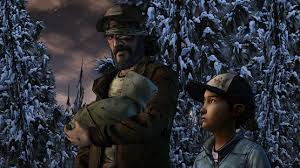
Loss of Player Control
Throughout Season 2 there's been a notable move away from the traditional staples of click-and- point adventure games such as exploration, puzzle solving, collecting items, wandering around and clicking randomly on objects and people. These elements have been minimized in favor of set pieces and actions sequences to drive the story instead. This definitely helps push the plot forward, but at the same time it doesn't really let the player feel like they're in control and creates an on-rails experience that resembles more of an interactive movie with quick time events.
This is especially true for No Going Back, the latest release, with the majority of the game being entirely on-rails other than a few brief moments were the player is given control over Clementine, though these sections tend to end abruptly and involve no real interaction with the environment i.e. on one occasion you're given control of Clementine with no other objective other than to walk through a door and speak to a wanna-be mechanic, where the game resumes control of the character again.
Making the Tough Decisions
Despite Telltale's trend of removing control from the player and giving fewer and fewer meaningful options with every chapter, No Going Back does have a number of strengths. Apart from a couple of painfully slow sections, the story remains compelling, the cell-shaded comic book style graphics look great and the sound design and voice acting is consistently good. While watching the action unfold the animation is quite decent and characters' facial expressions are well detailed.
The final 20 minutes of the game contains a certain frantic energy that marks a stark contrast to the rest of the episode, leading once again to a suspenseful and meaningful conclusion that involves the most difficult decision that gamers have had to make in either season.
As a first for the franchise, episode 5 also includes alternate endings, making it worthy of a replay - well at least for the last 15-20 minutes anyway.
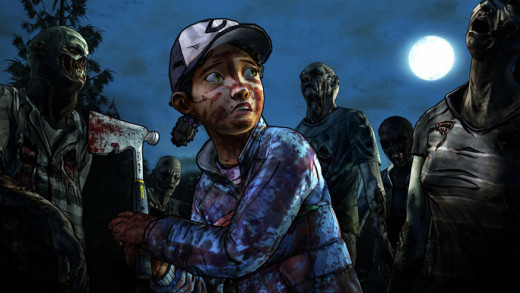
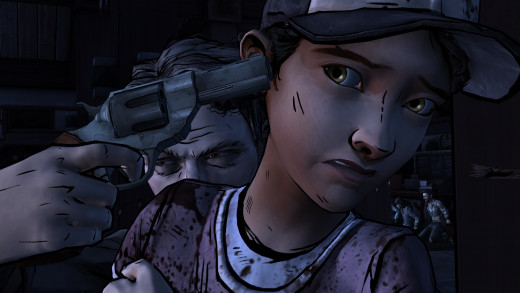
Loose Ends
Despite this satisfying finale there are problems that become evident in reflection. These includes loose ends, such as the story arc featuring Christa, one of the main survivors from Season 1 who also appeared in Season 2.
The most significant loose end though is Telltale's promise regarding its DLC '400 Days', which took the form of a series of concise playable scenarios from the perspective of five original characters.
Telltale has continually claimed that the decisions players made during the downloadable content would come into play and effect the story in Season 2 (it should be noted that even the game's Steam page still emphasizes this point).
Is it the case? Not even remotely.
Regardless of whether people played 400 Days or not, Season 2's plot remains exactly the same. Bonnie who was introduced in the DLC and went on to become a fairly major character in Season 2 plays the same role in the latest episodes, with her backstory in 400 Days barely garnering any mention or altering her behavior in her interactions with Clementine and other characters.
It's possible for players to witness brief, inconsequential and pointless one-sentence cameos from the other main characters of 400 Days, though this experience is determinant on their decisions in that DLC so it's possible to miss out on seeing them altogether in the events of the second season.
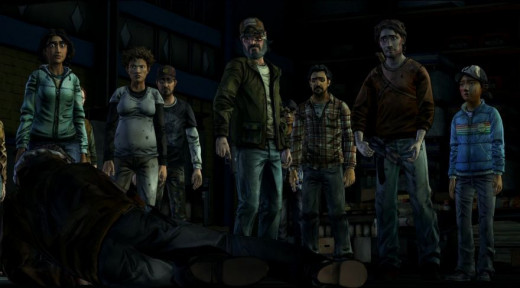
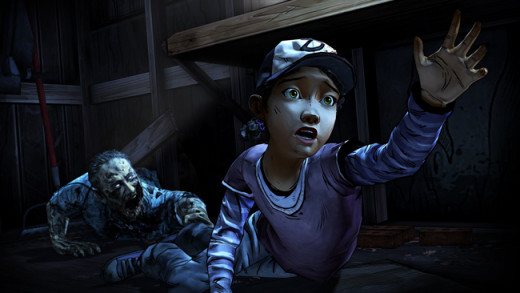
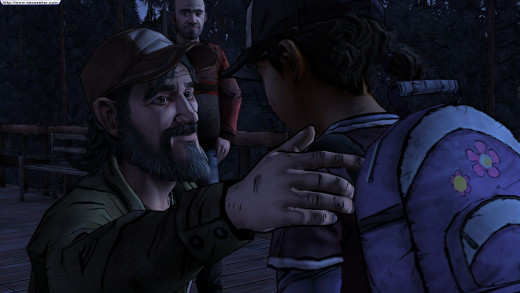
Final Word
Despite this disappointment and deception from the publishers, No Going Back is a decent conclusion to Season 2 of Telltale Games' Walking Dead. Though its slow and methodical pace sometimes feels like padding, it does ultimately build up to a memorable, thoughtful and satisfying conclusion with a sense of finality to the tale.
If you've stuck with the series up until now, then it's worth playing for the sake of closure on Clementine's story.
Neither first or second season however have really delivered on the true interactive experience that Telltale Games' insists the franchise to be, offering instead a facade of real choice and severe consequences but failing to deliver on the genuine article.
So let's hope that future installments evolve the game play, include more innovation and allow gamers to make real decisions in the zombie-packed apocalyptic world that carry actual weight and require us to play out the consequences of our actions with branching story arcs.
Pros: compelling story; excellent art and sound design; solid voice acting; alternate endings are a welcome addition and increase replay value; a conclusion that for the most part carries a sense of finality and closure; a couple of tough decision towards the end of the game.
Cons: overly slow and lackluster pace; a lack of player control with almost the entirety of Episode 5 being on rails; a lack of actual game play, with much of this episode seeming like an interactive movie; a number of loose ends; somewhat predictable, formulaic and repetitive conversations.

